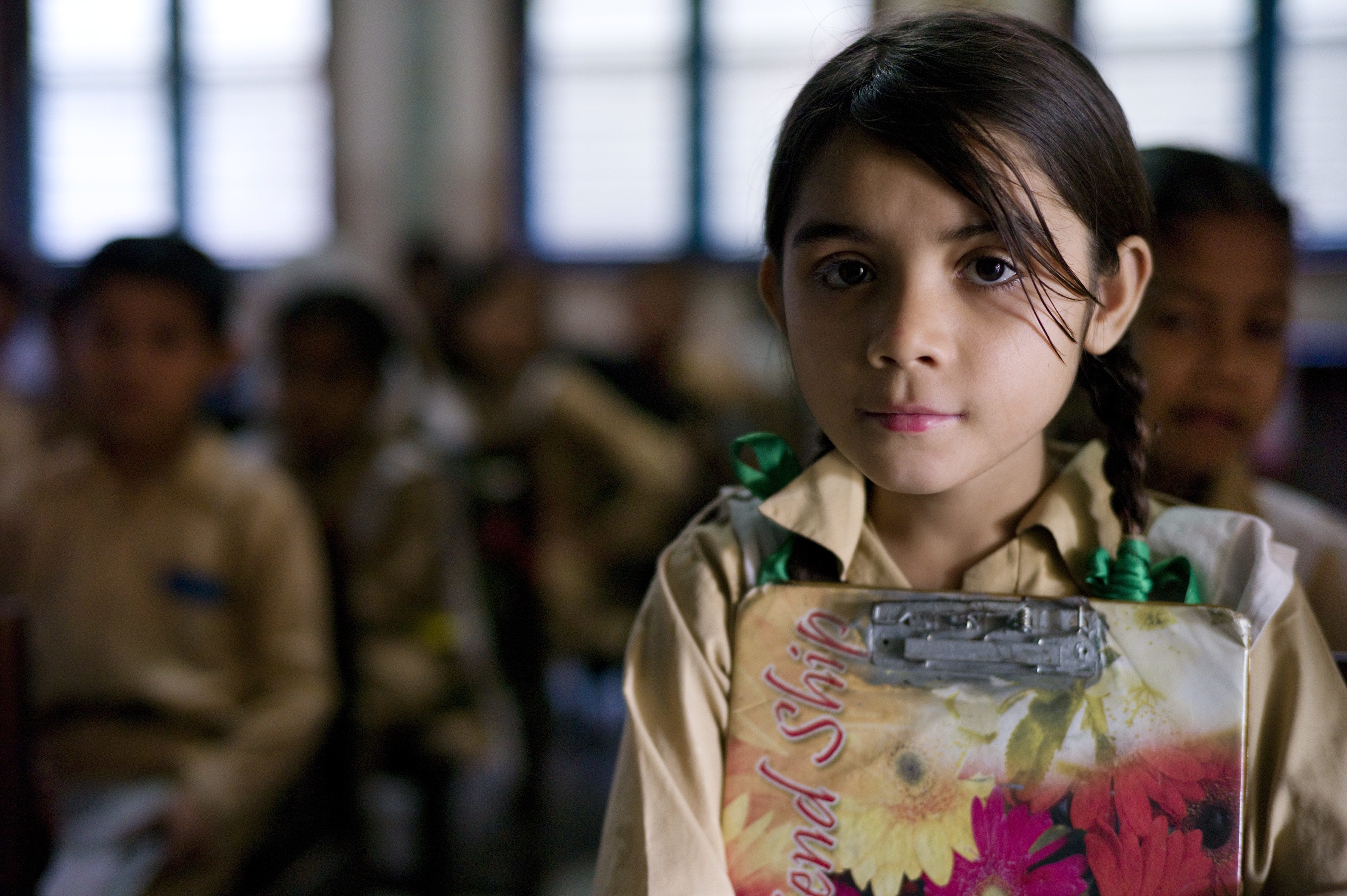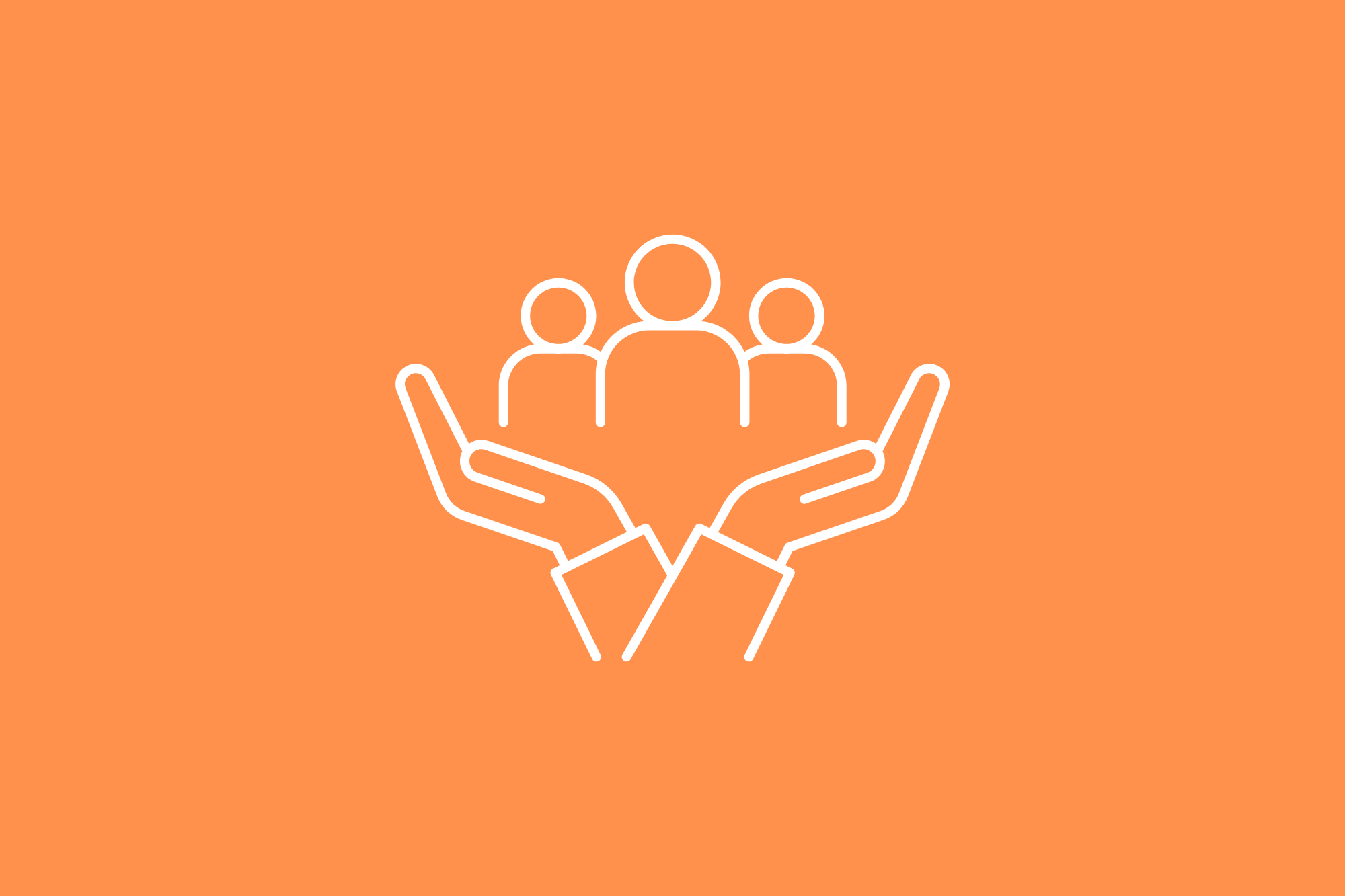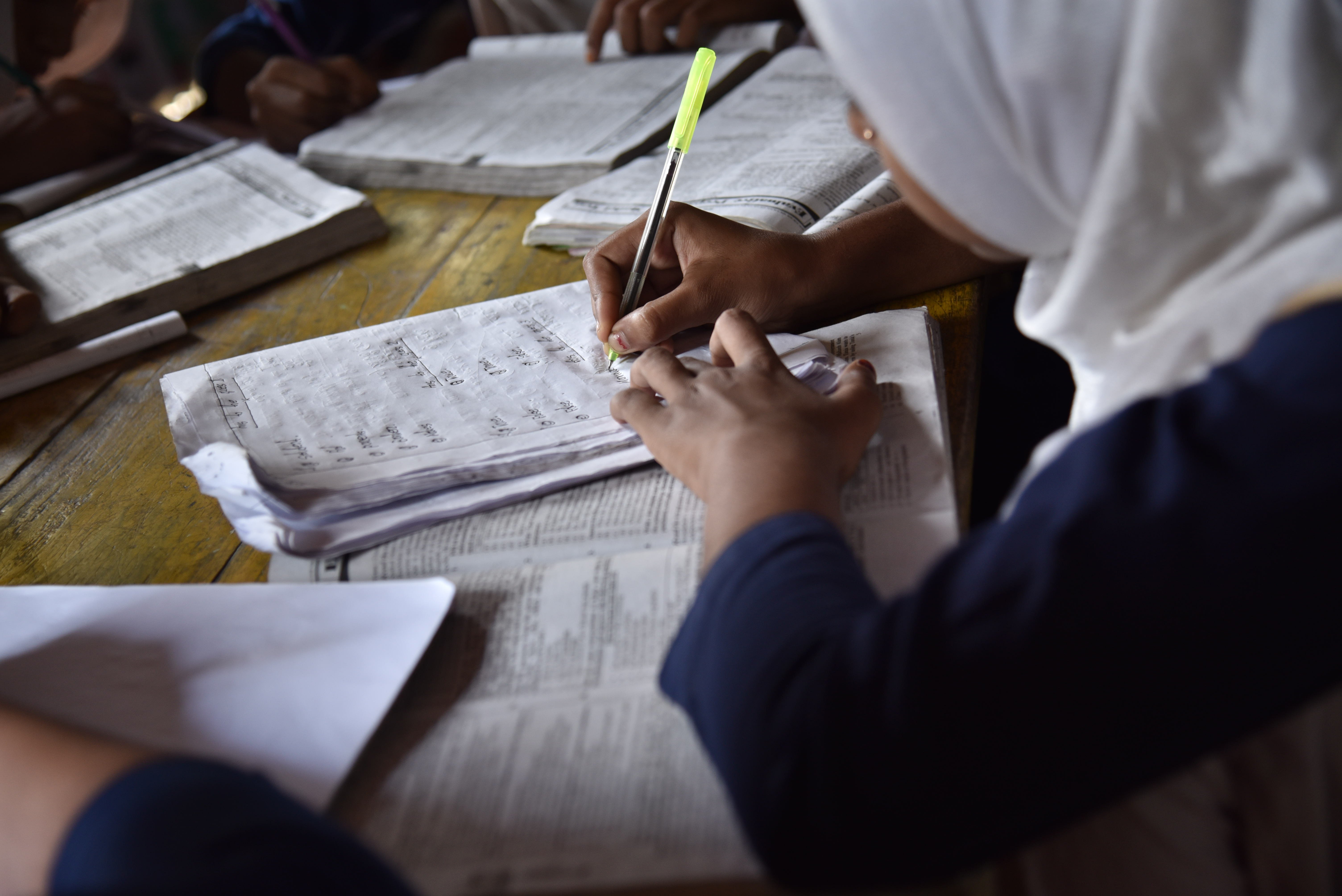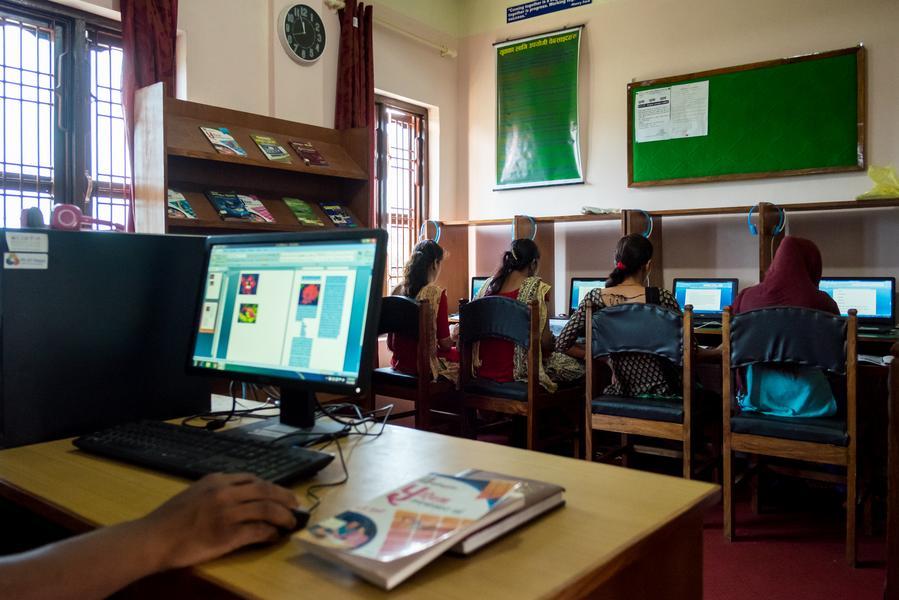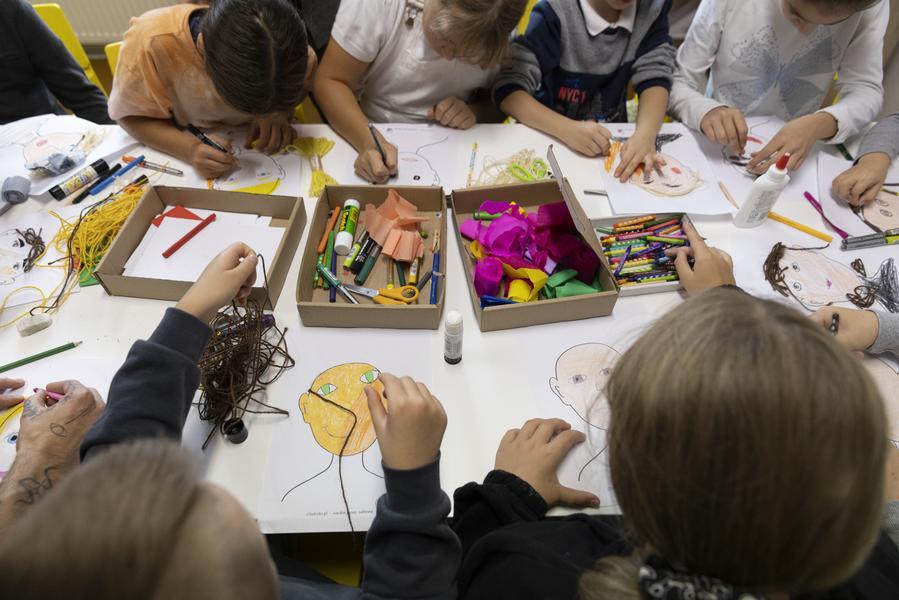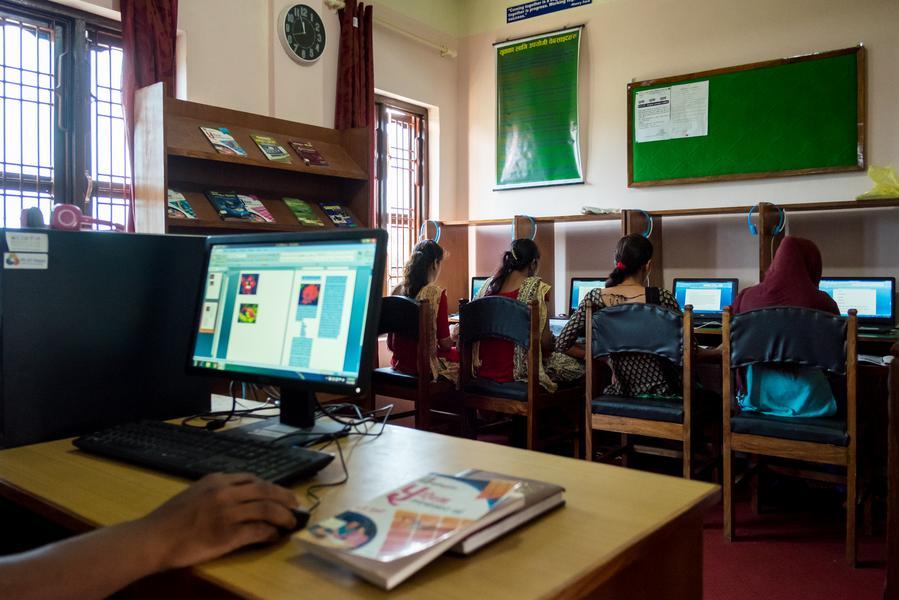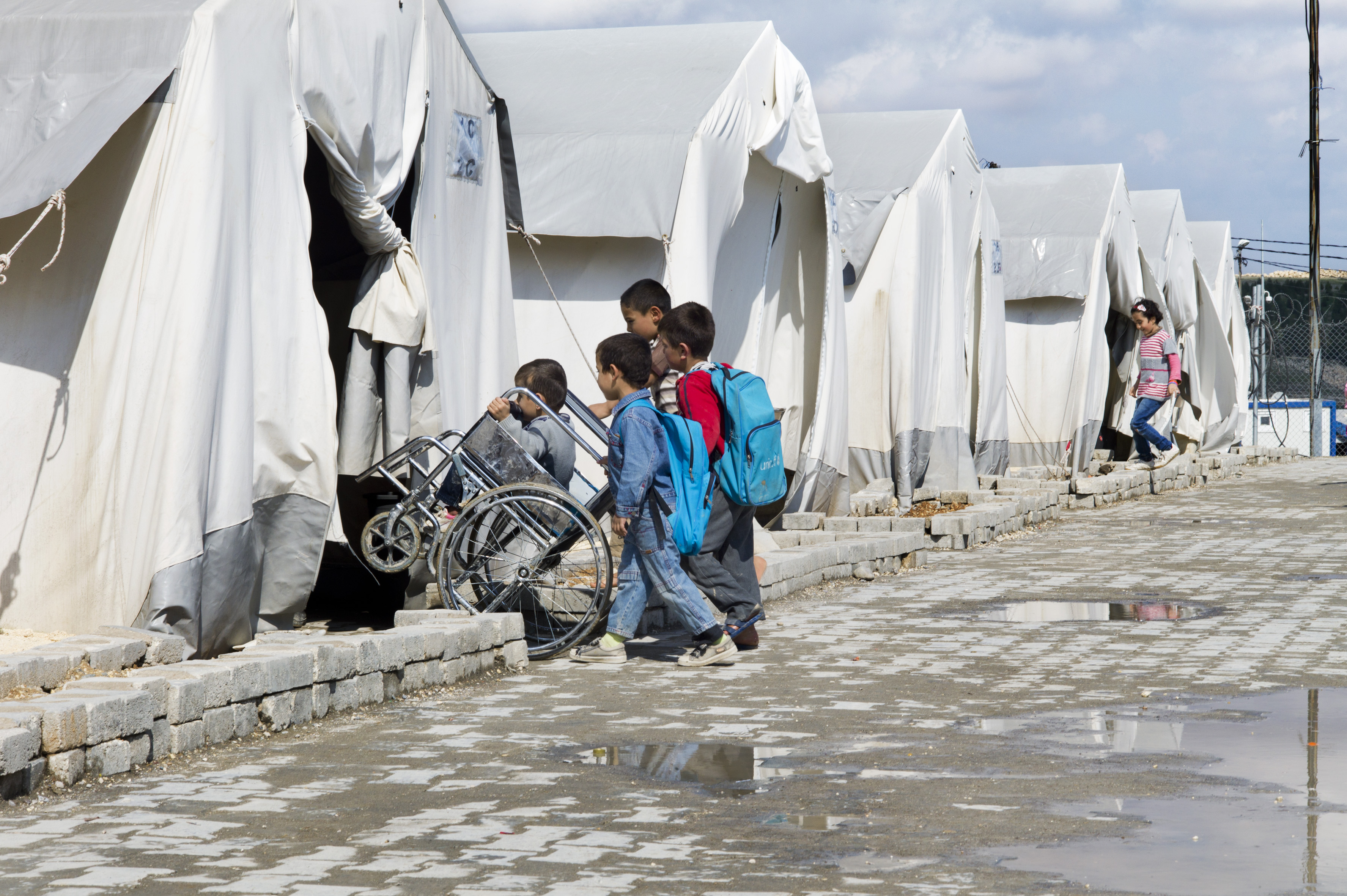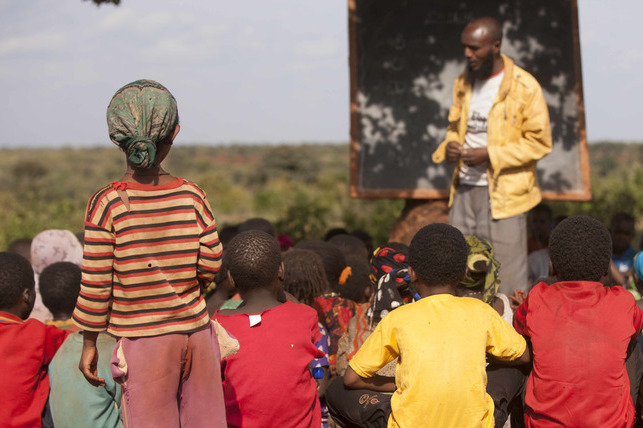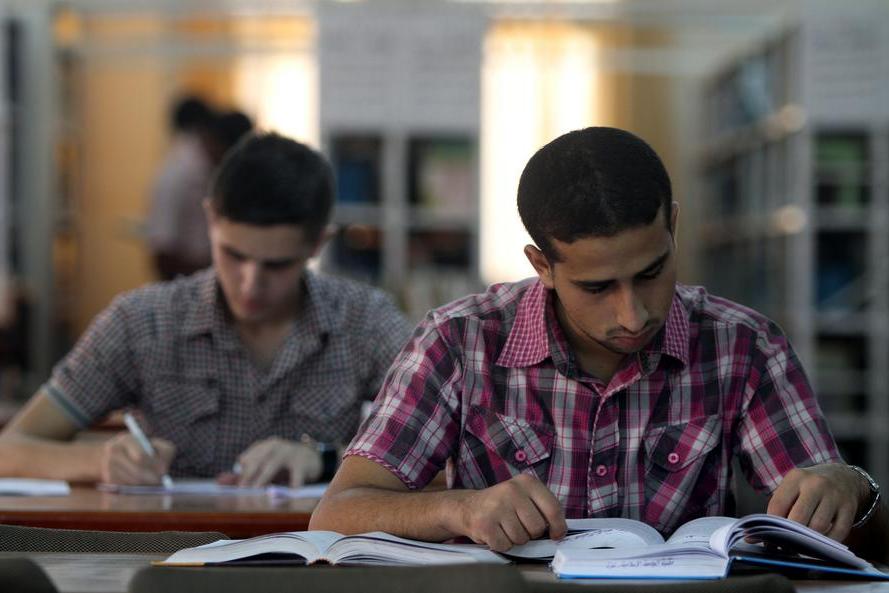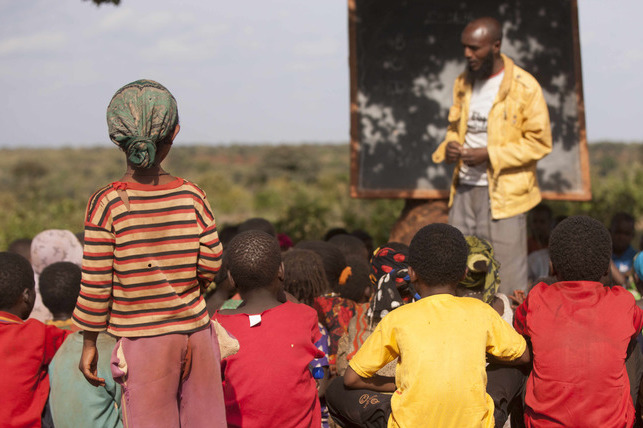Context and Issue
Despite efforts made by Mali’s government in the education sector, there are still concerns regarding access to school. The primary net enrollment and completion rates in 2018 were 59% and 50%, respectively, with girls facing lower rates on both. The situation is alarming for the secondary level, where the overall net enrollment rate is 30% and that of girls is just 27% (World Bank, n.d.). Malian girls face several barriers to accessing the high-quality education the Sustainable Development Goals promised. According to UNICEF, barriers include poverty, child marriage, child labor, and a lack of nearby open schools (UNICEF, n.d.)
Solution
The solution in this context, developed by USAID with other implementing partners, introduced the Girls Leadership and Empowerment through Education (GLEE); the aim was to increase access to education for girls in Mali, especially in the regions of Mopti and Kayes. The key elements of the solution included the integration of other projects, such as Accelerated Schooling Centers (ASCs), community development agents (CDAs) (WASH) facilities, and the development and implementation of school-related gender-based violence (SRGBV).
Impact
Primary schools with enrollment data (GLEE and control) saw significant increases in average girls’ enrollment per school in Kayes and Mopti. Similarly, primary schools saw an increase in the proportion of girls’ enrollment compared to non-GLEE schools.
In the case of secondary schools, significant improvements in girls’ average enrollment (p<0.01). However, there was no significant difference between GLEE and Non-Glee schools overall or at the regional level. The impact of other programming in non-GLEE schools included in this study should be considered when reviewing the lack of significant differences in GLEE and non-GLEE enrolment levels.

